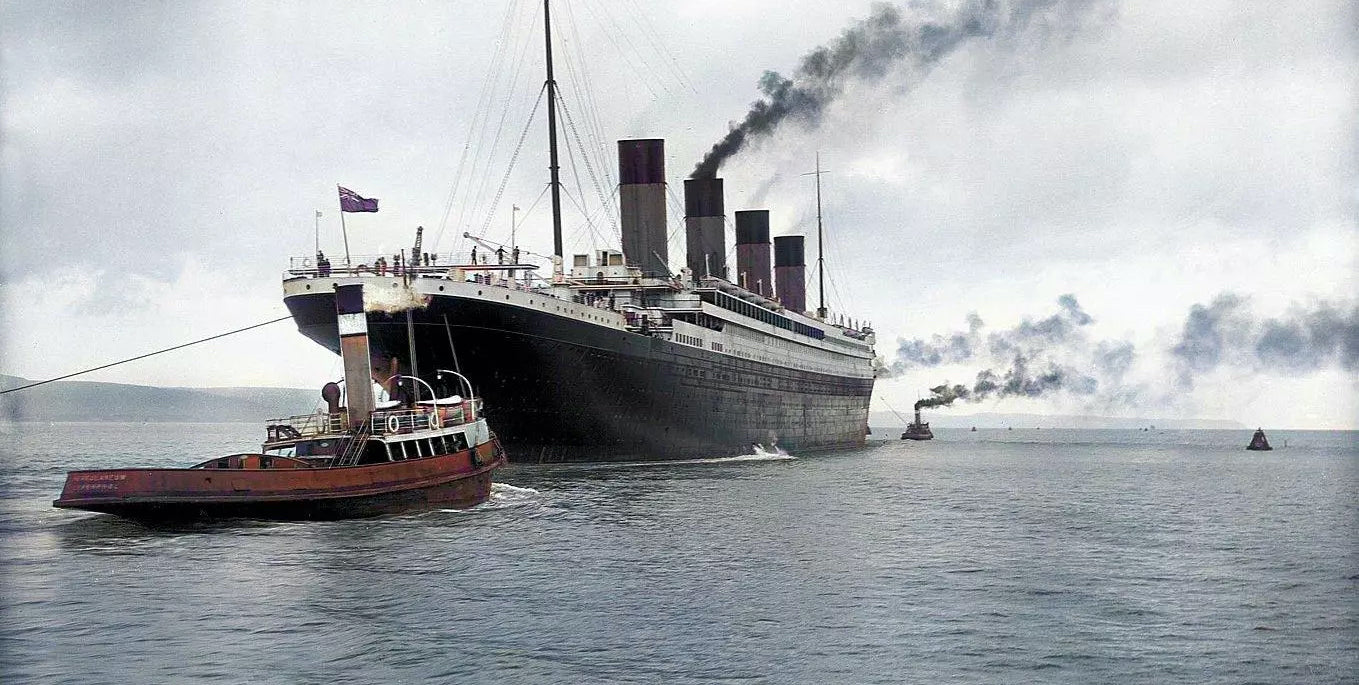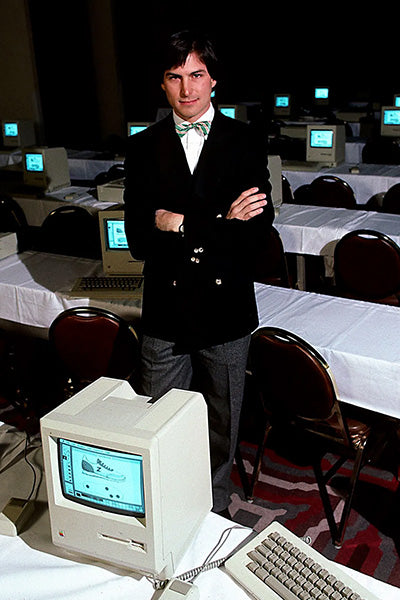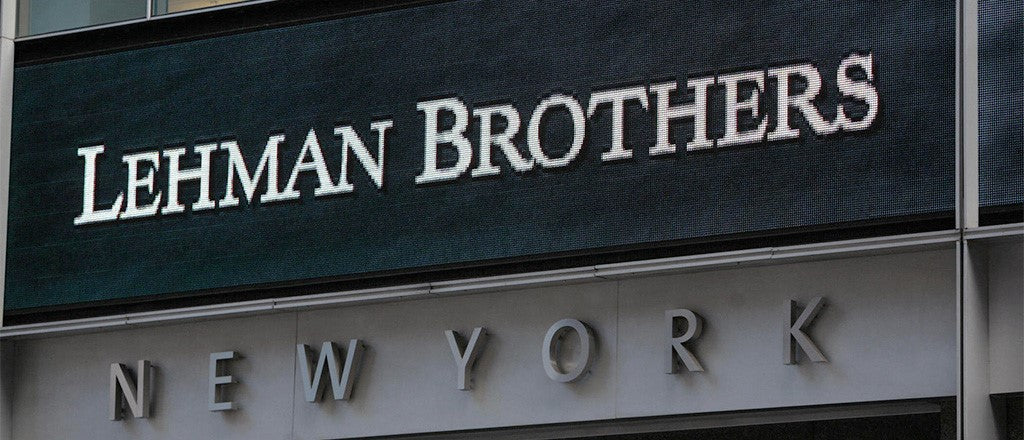
Titanic: The Tragedy That Sank J.P. Morgan's Shipping Empire
While the shipping industry prospers in the early twentieth century, International Mercantile Marine (IMM) Co. is formed as an attempt to monopolize the attractive North Atlantic routes. The tragic sinking of IMM-owned Titanic in 1912 put an end to the golden age of shipping and marked the beginning of the decline for IMM Co., although it would take many years and several transactions for the company to cease in existence entirely. In this deep-dive, we look at the fascinating history of IMM Co., a company that has shaped modern maritime and caused continuous headaches for one of the world's richest men at the time, J.P. Morgan.
International Mercantile Marine Co. was founded in 1902 by the four shipping magnates that dominated the industry in the United States at the time. The project was bankrolled by J.P. Morgan & Co., led by financier J.P. Morgan. In the early twentieth century, consolidation as a corporate strategy was largely unexplored. As a result, the concept of a consolidated shipping monopoly intimidated competitors in and outside the shipping industry. In fact, IMM caused such great concern in the shipping industry that the British government intervened and subsidized new liners for a British competitor.
 Self-conscious of his deformed nose, Morgan hated being photographed without permission
Self-conscious of his deformed nose, Morgan hated being photographed without permission
Morgan's role evolved over the years. Being American, he could not directly own British ships, but he could own the company that owned the ships. In 1902, the IMM carried 64,738 passengers, a total buoyed by high immigration to the United States. The IMM had signed a partnership with the two most important German shipping companies, Norddeutscher Lloyd and HAPAG, which carried a total of 66,838 passengers. The German-Morgan agreement, signed in New York on 20 February 1902, was a key step in the formation of what was to become the IMM Co., but did not fully address long-standing competitive friction between and amongst the major German and British transatlantic shipping companies.
Responses in the United Kingdom helped intensify these rivalries. Cunard Line, one of the British shipping companies with independent significance, received grants from the British government for the construction of two great ocean liners, the Lusitania and the Mauretania, which were placed into service in late 1907. The competitive response from IMM Co. came in 1908 when three new Olympic class ocean liners were authorized; RMS Olympic, RMS Titanic, and HMHS Britannic.
 More than 1500 lives were lost to the tragic sinking of RMS Titanic
More than 1500 lives were lost to the tragic sinking of RMS TitanicHowever, the sinking of the Titanic did not single-handedly bring about the end of IMM Co. Although powerful due to its continued influence with some of the top American, British, and German shipping companies, the overseeing company never managed to overcome its own financial problems, nor dominate the bulk of the North Atlantic shipping trade as planned, and IMM Co. was therefore not as successful as expected. The company went into receivership in 1915 and was placed in the hands of Franklin, who managed to save it. In the late 1920s, he received grants from the government to American ships (built in the United States or flying the flag) and in 1926 it sold the White Star Line to the Royal Mail Steam Packet Company for £7 million, of which £2.35 million was still unpaid when the Royal Mail Group, which was overleveraged and undercapitalized, collapsed in the early 1930s. In 1930, IMM Co. possessed 30 vessels. There were 19 in 1933 and only 11 by 1935.
The ailing company merged with the Roosevelt Steamship Company, parent company of the Roosevelt Line, in 1931 to form Roosevelt International Mercantile Marine Company (RIMM). Later in 1931, RIMM acquired the financially troubled United States Lines and began consolidating its operations under that brand. The Atlantic Transport Line was dissolved in late 1931 and its ships were distributed throughout RIMM's remaining divisions.
The American Line was merged into United States Lines in 1932, the Red Star Line was sold to Arnold Bernstein in 1934, Baltimore Mail Line merged into United States Lines in 1937, the Panama Pacific Line was dissolved in 1938 and its ships divested, and American Merchant Line was merged into United States Lines in 1938.
Finally, the Roosevelt Line was merged into United States Lines in 1940, leaving that company as RIMM's only remaining business. RIMM changed its name to United States Lines Inc. in 1943, recasting itself as a smaller company focused exclusively on transatlantic routes under a single brand.
Experts of the modern shipping industry regard IMM as an early attempt at the corporate ownership of several companies under a single trust; the kind of large overseeing companies that dominate much of the maritime shipping world today.




